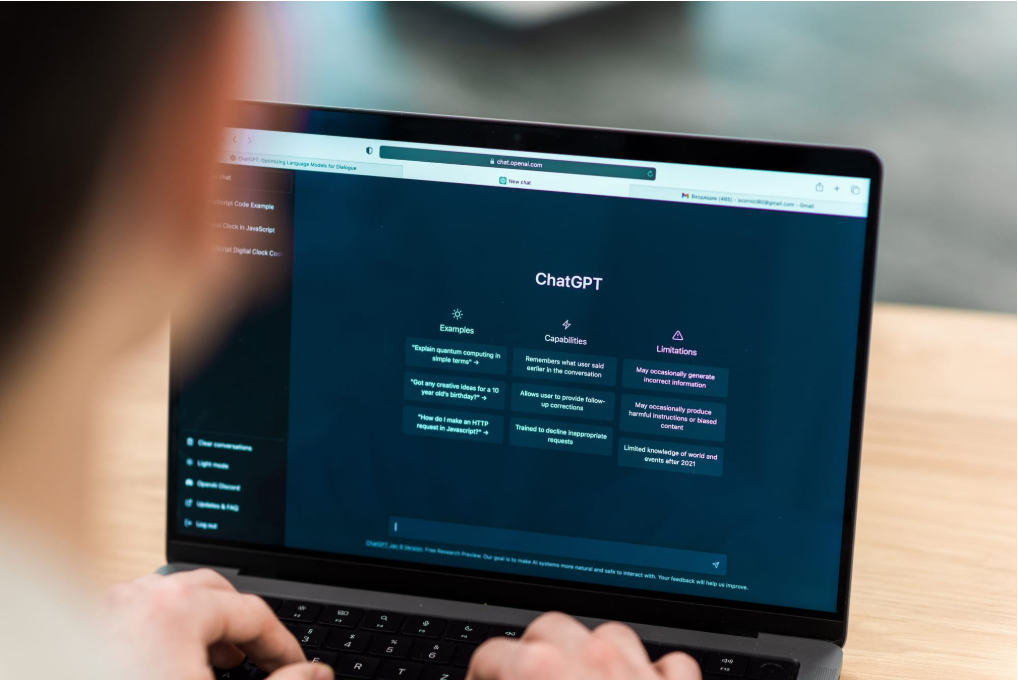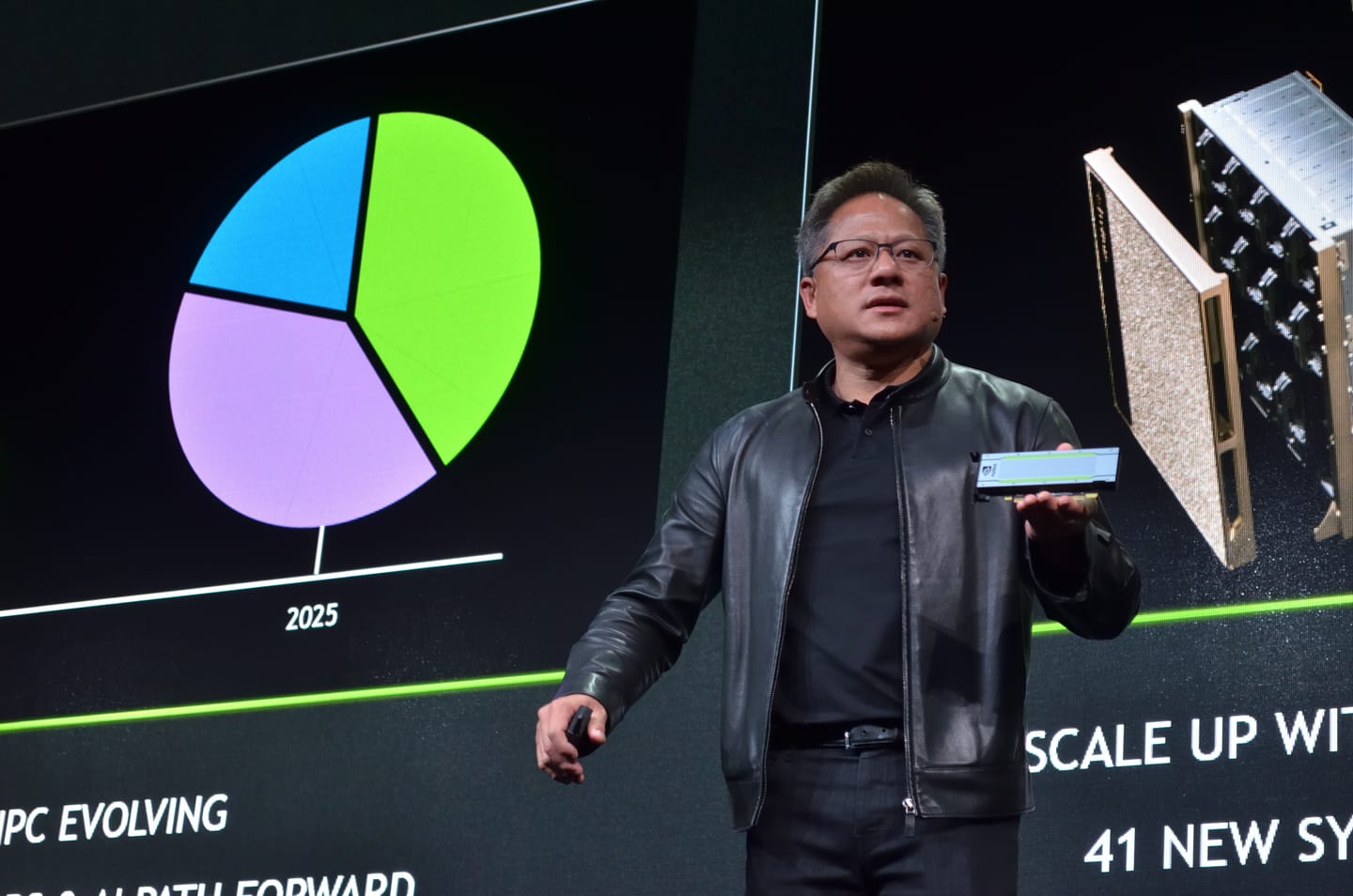Costs of Generative AI Applications: Hardware Costs and Resource Requirements from the Issuer's Perspective
The emergence of large language models (LLMs) and generative AI applications has ushered in a new era of artificial intelligence capabilities, fundamentally altering the landscape of computational requirements and associated costs. Generative AI systems, built upon transformer architectures and trained on vast datasets, have demonstrated remarkable scalability and adaptability across












